A complete list of breeding methods and precautions for bicolor jasmine
Last Update :2024.05.23
Article Catalog
3. Problem diagnosis and treatment
Temperature: It is best to be between 18 and 30 degrees, and not lower than 12 degrees in winter. Light: Do not provide less than four hours of light per day. Watering: It is afraid of waterlogging, so it is enough to keep the soil semi-moist in normal times and control water in winter. Soil: Fertile, well-drained and slightly acidic. Propagation: can be done by seeding. Pruning: Branches can be pruned in spring and also after flowering.
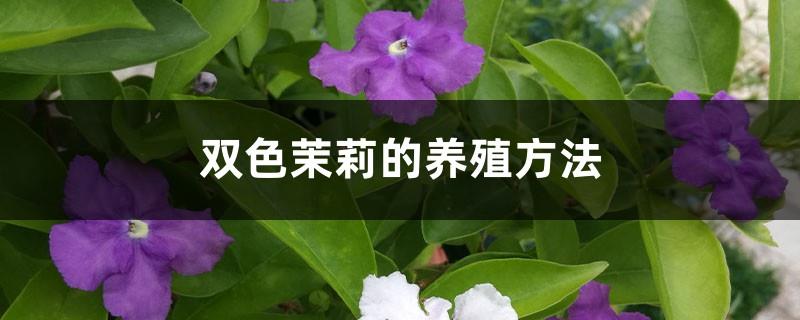
1. Maintenance methods
1. Maintenance methods
1. Temperature: between 18 and 30 degrees is more suitable. Within this range, it will grow vigorously and bloom easily. In winter, it is best to keep it indoors and keep it above 12 degrees. Below twelve degrees, it goes dormant. If it is any lower, you will suffer frost damage.
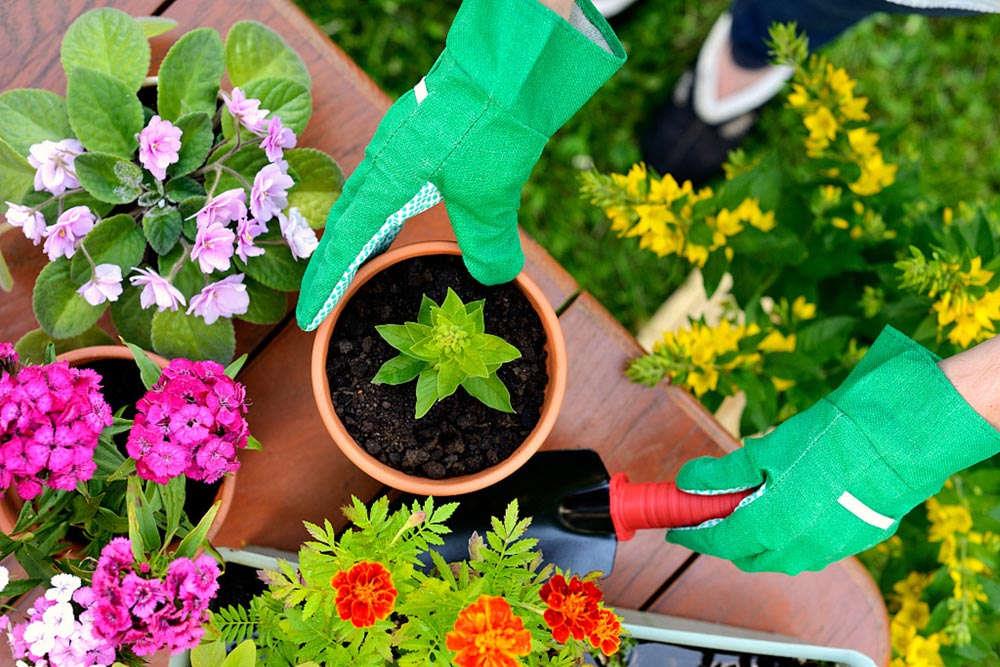
2. Light: If it is grown indoors, then light The conditions are also guaranteed, it is best not to spend less than four hours a day. However, there should not be too much light, otherwise the leaves will wilt.
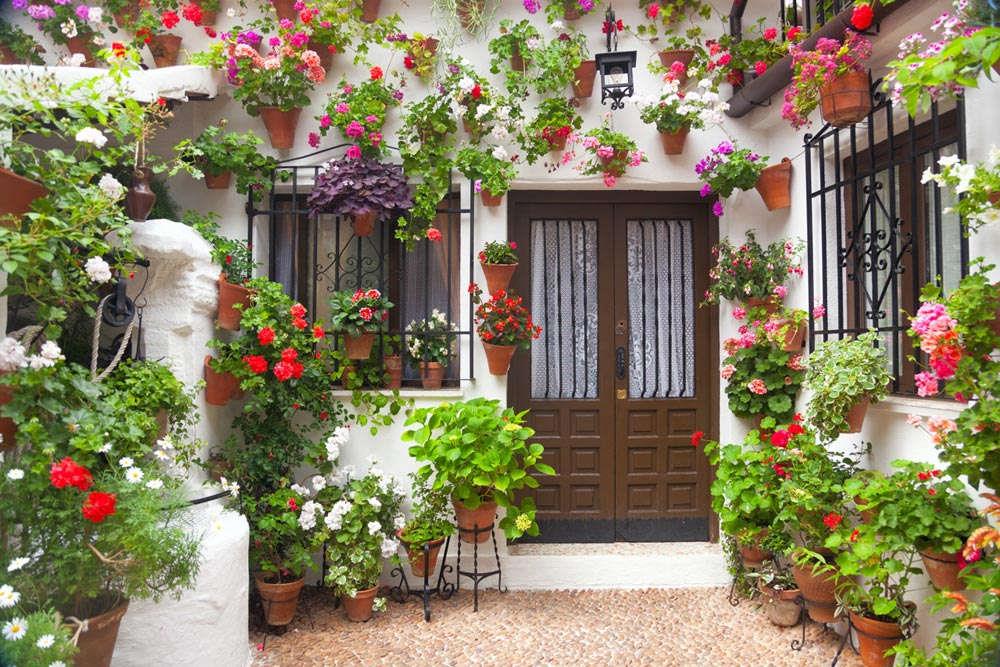
3. Watering: Since bicolor jasmine is more afraid of waterlogging, Therefore, watering should not be too much. Therefore, during its growth period, it is better to keep the pot soil in a semi-dry state. In winter, if the temperature is below 12 degrees, there is basically no need to water. If the temperature is suitable, you can add some more.
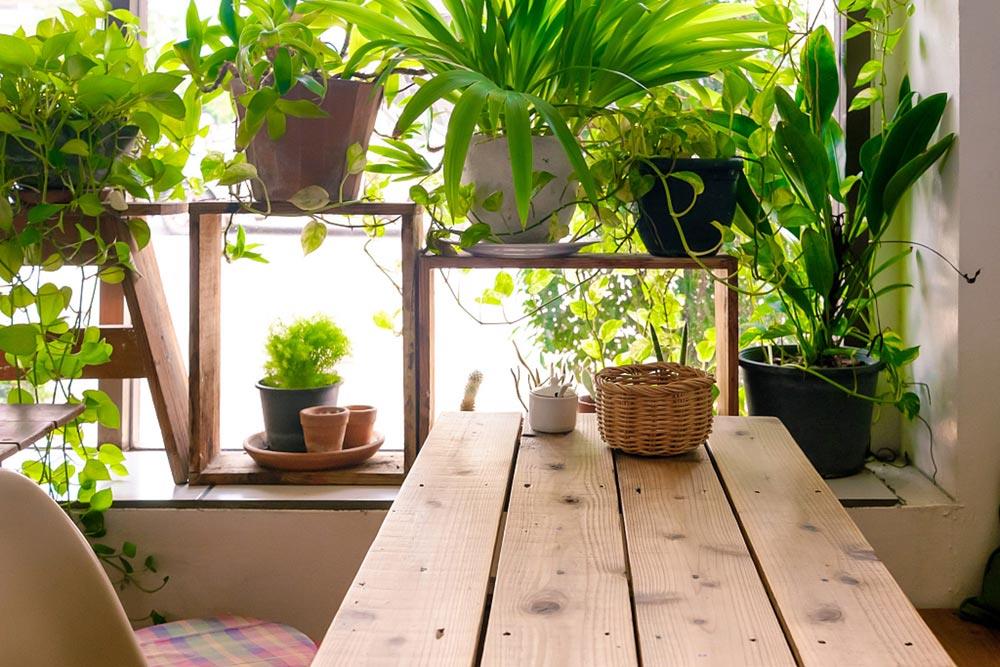
4. Soil: There are three main requirements for soil. One needs to be more nutritious, the other needs to have good drainage, and in addition, it needs to be acidic.
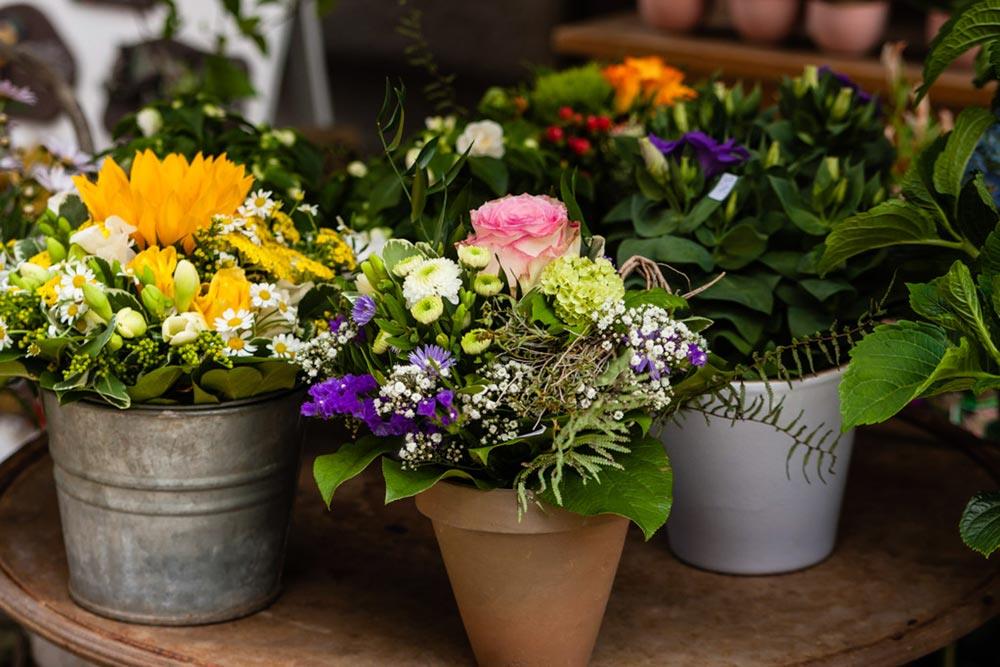
2. Breeding skills
1 , Propagation: It is better to propagate by sowing. You need to select seeds first, and choose plump seeds collected that year. Before sowing, it needs to be sterilized at high temperature. Then, a suitable substrate is selected, which also needs to be sterilized. After the seeds are soaked in warm water, they can be officially sown. You can use tools such as toothpicks to pick up the seeds and sprinkle them on the substrate. After sowing, ensure the humidity is appropriate.
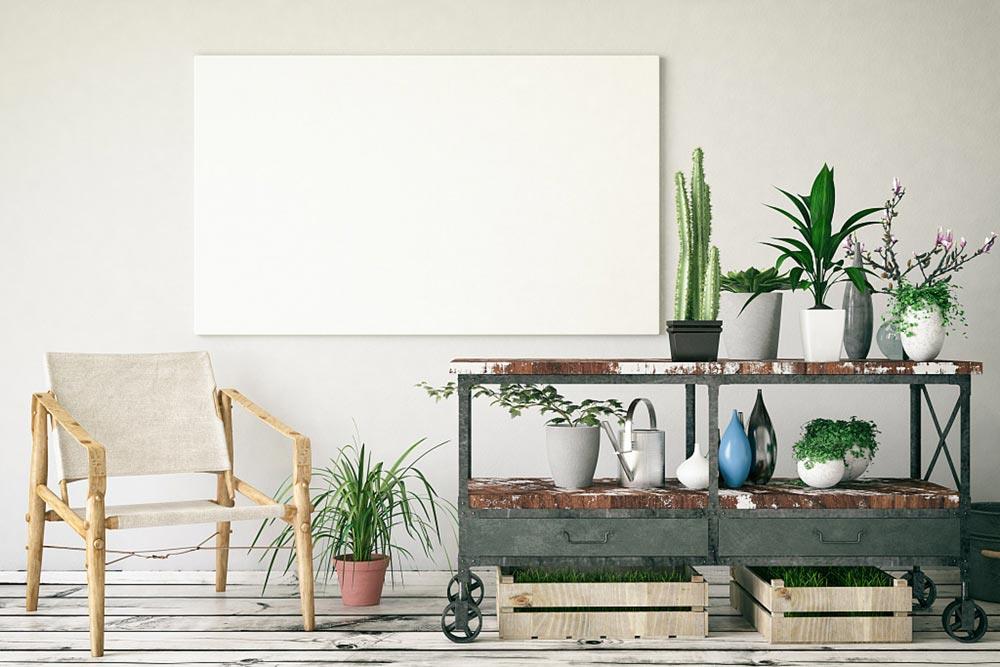
2. Pruning: In spring, it is mainly pruned. Prune branches and leaves that are too dense to enhance light transmission. After flowering, try to prune it, mainly cutting off the remaining flowers, to avoid nutrient consumption and promote further growth.

3. Problem diagnosis and treatment
1 , Disease: There may be "leaf blight". This disease is more likely to appear in summer. It is more likely to occur especially in places with poor ventilation. Carbendazim can be used to control it, and attention should be paid to controlling the density.
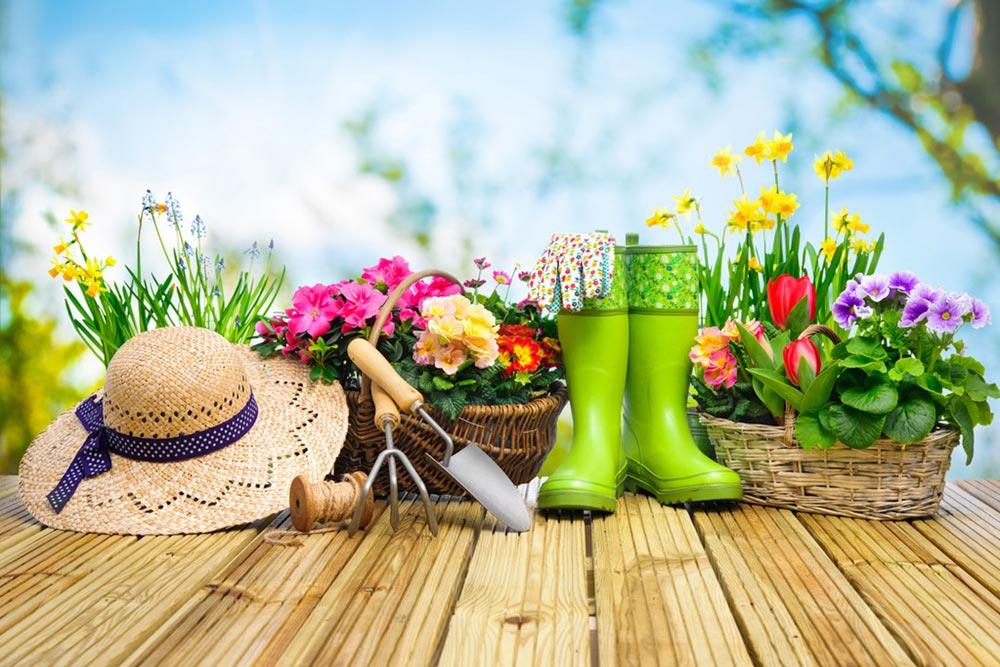
2. Pests: Pests and snails occasionally appear. They can damage the leaves of the plant. They can be sprayed to eliminate them.

4. Other questions
1 , Toxicity: It is not toxic and does not emit harmful gases. Not only is it non-toxic, it also has purifying properties.

2. Can it be grown at home: It can be placed at home. Moreover, overall it is more appropriate. Bicolor jasmine is placed indoors as a potted plant and is highly ornamental.

2. Breeding skills
3. Problem diagnosis and treatment
4. Other issues
- END -
Palm bead cultivation methods and precautions

Soil: The soil for growing palm beads should be loose, water-conducive and breatha...
Is Epiphyllum a pitaya flower? How to take cuttings?

Epiphyllum is not a pitaya flower, but they look very similar when they are in blo...